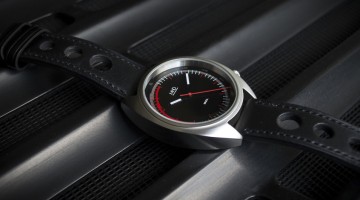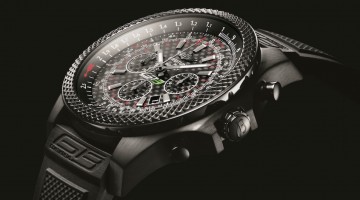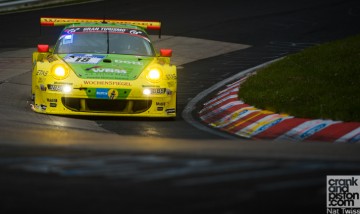
Lastly, there’s the curveball. As if the aforementioned cars weren’t quirky enough, Morgan has gone back to its roots, and in 2011 unveiled a modern interpretation of its original cars, called the 3 Wheeler. Powered by a 2.0-litre S&S V-Twin engine with 115bhp – normally found on pimped-out Harley Davidsons – it uses a tubular chassis and a Mazda MX-5 gearbox to create a contemporary runabout that will hit 62kph in less than five seconds. The world has gone fairly loopy over the 3 Wheeler, and later on I’ll get the chance to find out why.
All the models in the Morgan range are hand-built in Malvern. The total staff at the company numbers around 180, and most of the craftsmen that build the cars have been with the company for all of their careers.

The bulk of the facility comprises a series of long halls, each dedicated to a different area of construction. We start at the top of the hill, in a hall lined with wood that holds Charles Morgan’s office and a selection of Morgan’s racing cars. True to its heritage, Morgan regularly competes in a range of international motorsports. Currently it has an entrant with Oak Racing in the LMP2 class of the World Endurance Championship, but on display are a range of GT cars, parked next to a gumball machine – a gift from the Gumball Rally, in which Charles, his wife and a 3 Wheeler competed in 2012. The assembled race cars include the E-Type rivalling Plus 4 racer, as well as the newer 2004 BMW-engined Le Mans car, which was running well in its class until the fuel pump failed. The green Baring Brothers Sturdza car was run in the European GT3 Championship.

Through a door in the corner, down a couple of steps, and we’re into another hall. This is the chassis build shop, where both the traditional and more modern Morgans are put together. The bare chassis themselves are built and galvanised by local contractors and arrive at Morgan, where they’re stacked outside before being brought in individually to have suspension, engines and gearbox attached. Each engineer – there are four of them at work during our visit – is solely responsible for each car, and each car is built to order.

At one end of the room, around 20 Ford engines and gearboxes sit on the floor waiting their turn, while in the corner there’s a pile of solid rear axles for the traditional cars, fresh off the boat from Australia, where they’re sourced from Holden (no one in Europe still makes them, apparently). The modern cars use independent rear suspension, devised by Morgan’s late test driver, Chris Lawrence. Next to them, dozens of dashboards and bulkheads are leant against each other. In another corner, cardboard boxes of wire wheels are stacked awaiting installation.

While the chassis are being assembled, in the next hall the bodies are being constructed. Another small door, another few steps and we’re faced with workmen at benches bending and cutting metal into the shapes of bonnet panels, wings and the like. There is much banging and sawing. It’s a proper workshop. As each car is handmade, no two cars are exactly the same, so each has to be carefully measured before the panels are custom made to fit exactly. As our guide explains, one Plus 4 bonnet may not fit a different Plus 4.

The main bodies are wood-framed, hand-crafted from ash, which is chosen for its strength and flexibility. How strong? Well, the side impact bars and seatbelts are mounted to the wood and pass all necessary safety regulations. Some sections of the body are bent into shape in moulds, some of which are decades old. The woodshop is exactly as you’d expect – men with earplugs and a variety of planes and saws, large piles of wooden parts stacked on racks waiting to be assembled. There’s a Manchester United flag stuck to the wall and pop music blasts through speakers.



